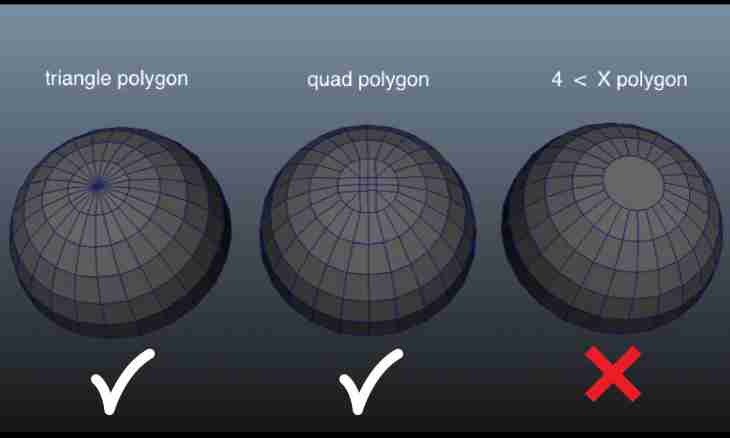It is possible to carry a triangle, a parallelogram and its types (rhombus, a rectangle, a square), a trapeze and also regular polygons to the main types of polygons. At each of them the method of calculation of the area. More difficult, convex and concave polygons break into simple figures which areas then are summarized.
It is required to you
- Ruler, engineering calculator
Instruction
1. To find the area of a triangle find a half of the work of one of its parties on height which is lowered from opposite top on this party and increase result of S=0.5 • a•h.
2. If lengths of two parties of a triangle and a corner between them are known, find the area as a half of the work of these parties on a sine of the angle of S=0.5 between them • · b • Sin(α).
3. When lengths of all parties are known, for finding of the area use Heron's formula. Find a half of perimeter of a triangle, then the work of a poluperimetr on its difference from each of the parties of p • (p-a) • (p-b) • (p-c). Take a square root from the received number.
4. Find the area of a rectangular triangle, having divided into the 2nd work of its legs S=0.5 • a•b.
5. If the polygon is a parallelogram, calculate its area, having increased one of the parties by S=a•h. height lowered on it
6. If parallelogram diagonals are known, calculate its area as a half of the work of diagonals, on a sine of the angle of S=0.5 between them • d1 • d2 • Sin(α). For a rhombus this formula will take S=0.5 form • d1 • d2 as its diagonals are perpendicular.
7. If the parties of a parallelogram are known, its area will be equal to their work on a sine of the angle of S=a between them • b· Sin(α). For a rectangle this formula will take S=a form • b, and for a square which all parties are equal to S=a².
8. For finding of the area of a trapeze, increase the half-sum of its bases (parallel parties) by S=h height • (a+b)/2.
9. Generally, if the quadrangle can be entered in a circle, find it poluperimetr, then the work of a difference of a poluperimetr and each of the parties (p-a) • (p-b) • (p-c) • (p-d). Take a square root from the received number.
10. To find the area of a regular polygon (with the equal parties and corners between them) divide the number of its parties into 4, increase by a square of length of one party and a cotangent 180º the parties divided into quantity, S=(n/4) • a²\• ctg(180º/n).
11. Break more difficult polygons into simple, for example, triangles. Find their areas separately and put values.

